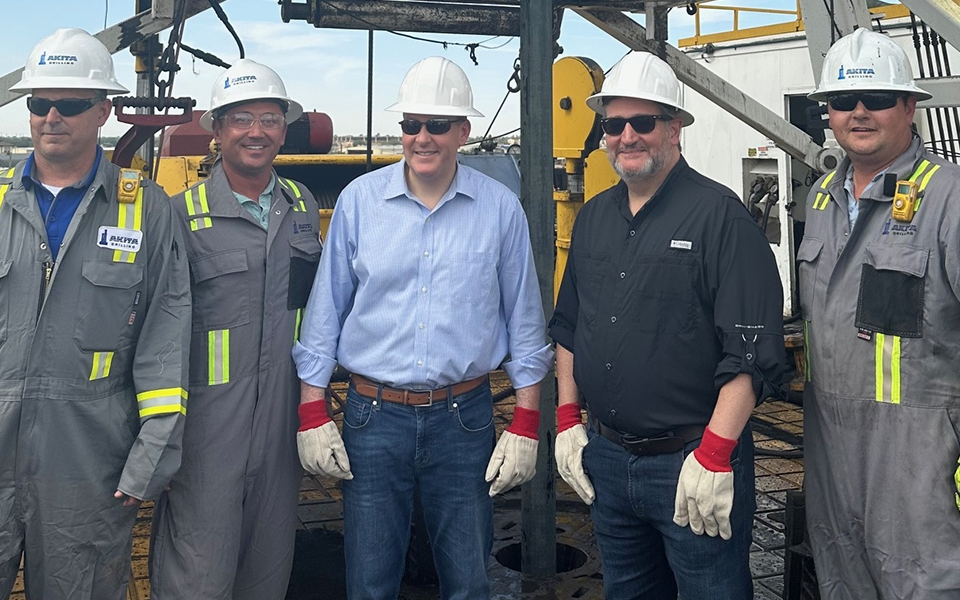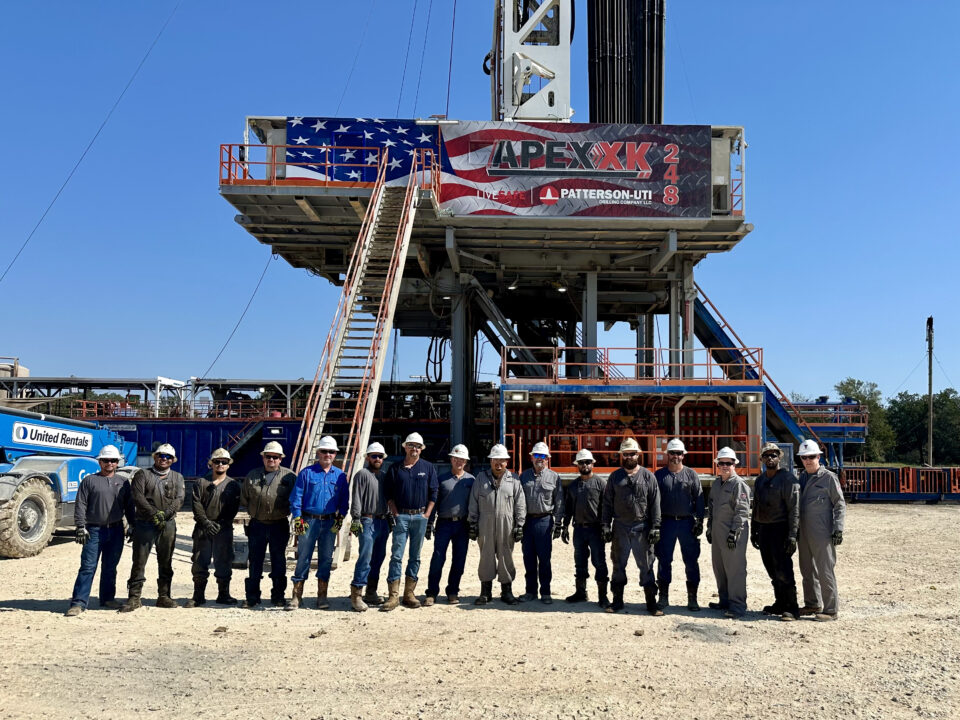Drill Stem Testing Safety
Drill Stem Testing Safety
These drill stem testing safety recommendations have been prepared to advise operating company employees about actions they can take to influence the safe conduct of drill stem tests performed on their rigs. Though these tests are performed by well service company employees, drilling personnel can contribute greatly to the overall safety of the tests by their actions and observations. Use extra caution when coming out of the hole after making a drill stem test. Many supervisors and hands relax at this critical time when danger of fire and blowout is at its peak since oil and/or gas may have been recovered during the test.
The procedures listed below may be followed by operating company personnel to improve drill stem-testing safety on their rigs.
Before The Test Planning
- Before any drill stem test, conduct a safety meeting of all personnel participating in the test. Discuss safety factors, wind direction and exits.
- Ask the well service company representative about any possible hazards that could arise during the test.
- Check BOP and choke lines to see that they are not plugged and are tied down properly.
- Be sure the derrick auxiliary escape device is installed and working properly.
- Be sure that the drilling mud is properly conditioned.
- Be sure that the fill-up lines are installed on the drilling nipple above the BOP to keep hole full of mud.
- See that the cellar is jetted if no drain is available.
- Check the water connections on the spray manifold.
Fire Hazards
- Engines (diesel or gas) should not be run during a test without a water spray spark arrester or installing spark arrest mufflers.
- On spark-fired engines, be sure all ignition wiring is properly insulated.
- On electric rigs, be sure blowers are working properly and that all generators are disconnected or shut down.
- Reverse out fluid in the drill pipe before pulling the pipe. Reversing out helps maintain steady hydrostatic pressure and helps prevent gas bubbles from unloading contents of the pipe onto the rig floor.
- Make no electrical connections during the test; check these out before the test begins.
- All electrical connections and switches should be in explosion-proof boxes to contain electrical arc.
- Do not conduct drill stem tests during electrical storms or at night.
- Extinguish all heating stoves and open fires.
- Check all firefighting equipment prior to the test.
- Install mud guns in such a way that they can be used on the floor in case of fire.
- Require all personnel to leave smoking tobacco, matches and lighters in the clothes change or bunkhouse.
Pressure Hazards
- Check the blowout preventer before going in the hole and before coming out of the hole. Check kelly cock for proper operation.
- Check to ensure that the TIW valve and wrench are readily available on the rig floor.
- Check the mud to be sure it is of sufficient weight to resist blowouts.
- Install fill-up lines on the drilling nipple above the blowout preventer to keep the casing full of mud. Use these lines only for this purpose.
- Make separate provisions for kill lines.
- Designate one person to see that the casing is kept full while tripping in and out. Have him also watch carefully for swabbing action.
- Never remove the hose to let the well flow through the kelly and out the gooseneck.
- When tripping in after removing the DST tool, check the well flow after each stand is run in to ensure only the proper amount of mud flows out of the well. The flow should stop after the stand is run in the hole.




